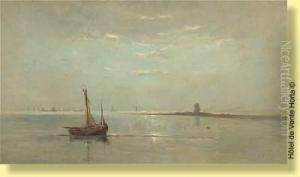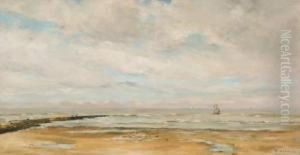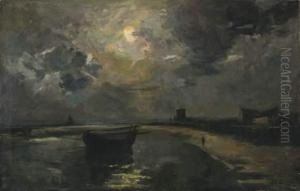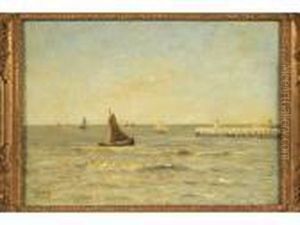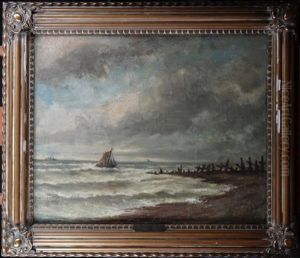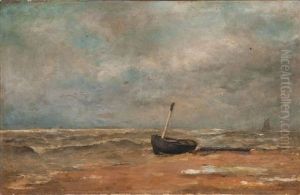Louis Artan De Saint-Martin Paintings
Louis Artan de Saint-Martin, often simply known as Louis Artan, was a notable 19th-century Belgian painter associated with the Impressionist movement. He was born on February 20, 1837, in The Hague, Netherlands, and later acquired Belgian nationality. Artan initially trained as an engineer but was drawn to the world of art, which led him to abandon his technical profession to pursue painting full-time.
Artan’s works are characterized by their marine subjects, as he had a particular fascination with the sea and coastal landscapes. His style evolved over time, showing the influence of the Barbizon School and later the Impressionist movement. Artan often depicted the ever-changing moods of the sea, capturing the play of light and atmosphere with a deft touch and a nuanced palette.
The painter traveled extensively along the coasts of Belgium, the Netherlands, and France, seeking inspiration from the natural beauty of these areas. His seascapes are particularly noted for their poetic and sometimes melancholic ambiance. Artan's approach to painting was innovative for his time, as he often worked en plein air, directly in the face of his subject, which allowed him to capture the fleeting qualities of light and weather with immediacy and directness.
Tragically, Artan's life was cut short when he drowned in Ostend, Belgium, on April 23, 1890. Despite his relatively short career, his contribution to Belgian Impressionism and marine painting remains significant. His works are part of various collections in museums across Belgium and the Netherlands, where they continue to be appreciated for their unique blend of realism and impressionistic sensitivity.

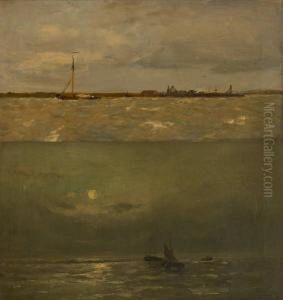






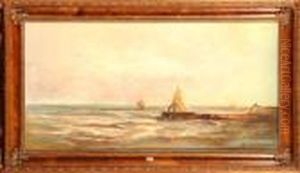
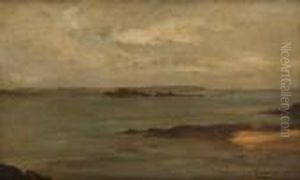
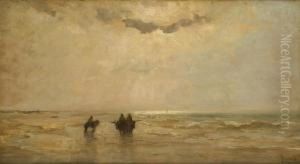







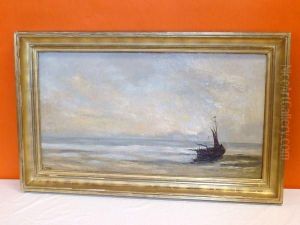

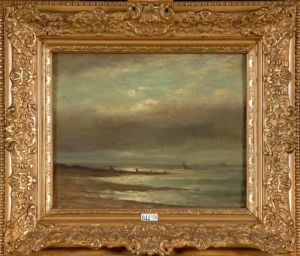









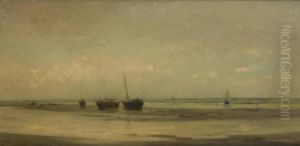





![[marine]](https://www.niceartgallery.com/imgs/1152693/s/louis-artan-de-saintmartin-marine-26b45b2f.jpg)


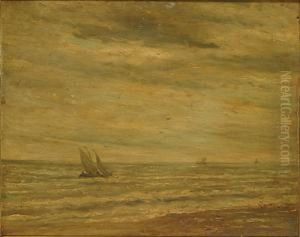
![[marine]](https://www.niceartgallery.com/imgs/1152699/s/louis-artan-de-saintmartin-marine-5ba1405b.jpg)










